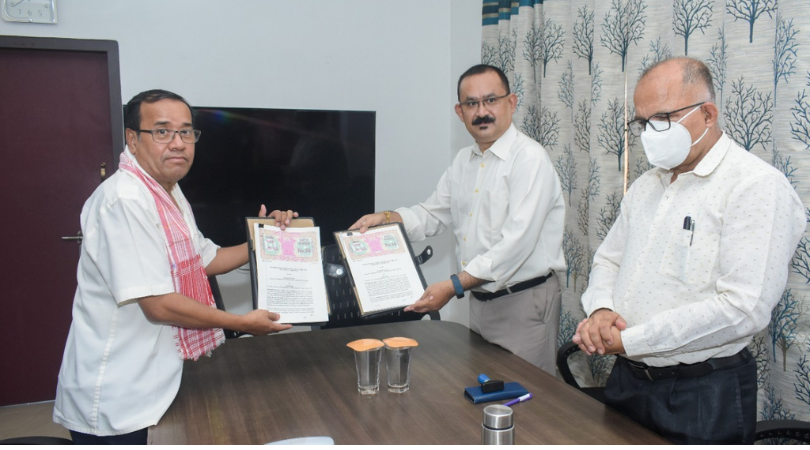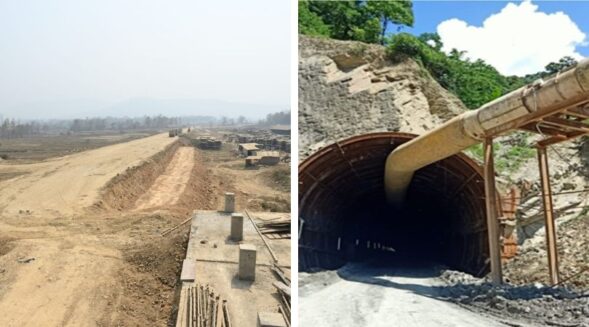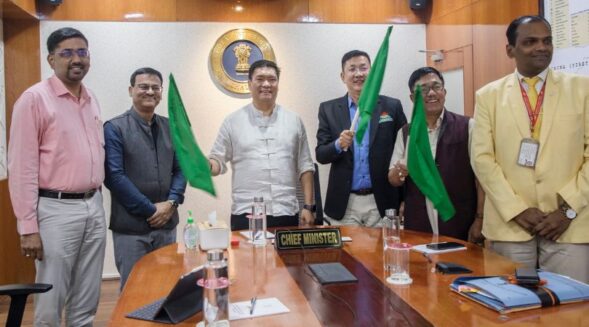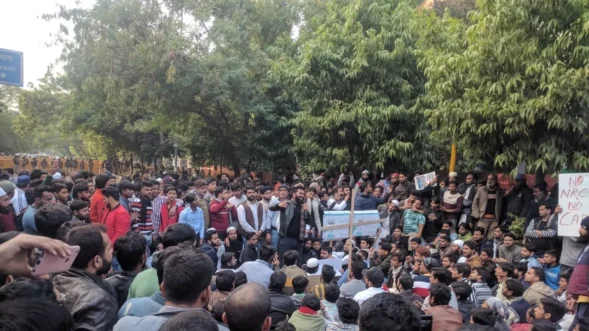
GUWAHATI:
Bodoland University (BU) signed a memorandum of understanding (MoU) with a leading biodiversity conservation organisation, at its research office in Guwahati, on July 14.
The MoU was signed between vice-chancellor of BU Prof Laishram Ladu Singh and Aaranyak CEO Bibhab Kumar Talukdar.
It was informed that the MoU will facilitate multidisciplinary scientific research, education and outreach as well as human resource development for biodiversity conservation and environmental protection in the Northeast.
Before signing and exchanging the MoU, Bodoland University VC highlighted the importance of collaborative efforts between the university and Aaranyak to pursue diverse multidisciplinary scientific research, outreach and education, as well as human resource development for environmental conservation and other broad aspects of the region.
Talukdar said that the MoU will enable budding students and researchers to undertake research and conservation in diverse fields of biodiversity, environment, climate change mitigation and awareness among various stakeholders.
The MoU signing ceremony was attended by senior officials from the university along with scientists from Aaranyak, as well as heads of various divisions, including Dilip Chetry, Bibhuti Prasad Lahkar, Udayan Borthakur and several other officials.
As one of the growing universities, BU is accredited under sections 2(f) and 12(B) of the UGC Act 1956 and established by the Bodoland University Act, 2009 of the Assam Legislative Assembly. In the western part of Assam, it is the only institution of higher education that addresses the need for all-round development.
In 1989, Aaranyak began working for the applied research and conservation of various wildlife and their habitats and the livelihood development of fringe communities living close to National Parks and Wildlife Sanctuaries.






